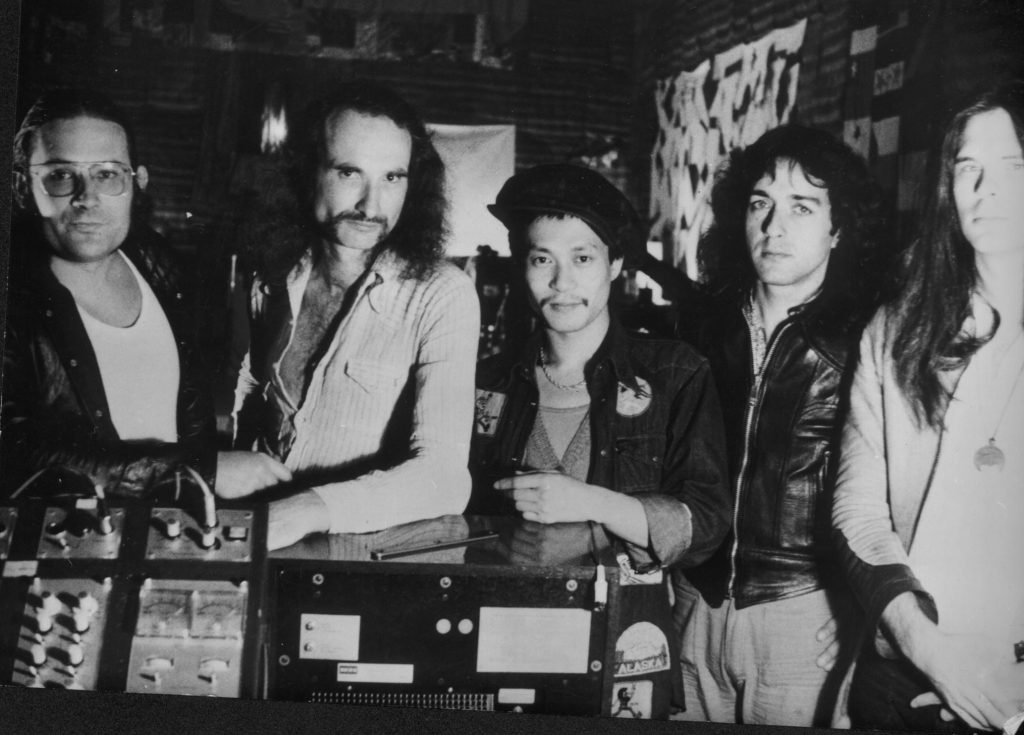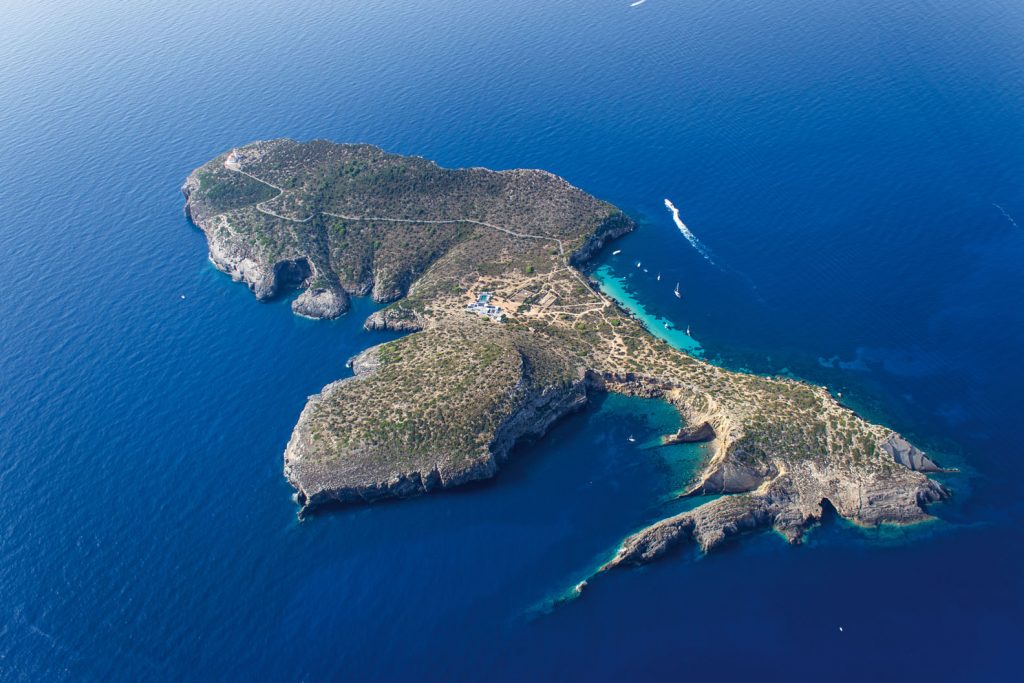Podcast: Play in new window | Download | Embed
A look at one of the strangest progressive rocks albums in history by German group Can, featuring a Japanese lead singer, with an influence that would be felt less in traditional rock circles but prove highly influential on alternative rock and indie music. #can #krautrock #1970s #progrock #komischemusik
There’s an old saying that a band can have little success after changing lead singers. In the case of our featured artists today, it was true until it was not true.
Can, a band from what was then called West Germany, was one of the leaders of Komische Musik (komische is a German word for strange), born out of a political struggle in the late 60’s and early 70’s, and labeled Krautrock, a derogatory term dubbed by the British press.

Their original lead singer was Malcolm Mooney, a Black man from the U.S. He struggled with his mental health while in the band, and lasted only for Can’s debut, Monster Music, and several soundtrack cuts, which appeared on a compilation album that followed. After his departure, two of the members of Can, bassist Holger Czukay and drummer Jaki Liebezeit, found Japanese-born Damo Suzuki busking for change on a street in Munich, and invited him to join the band.
After a couple more soundtrack cuts, the band released their proper second album, Tago Mago, named after an island in the Mediterranean that was, according to legend, visited by renowned British occultist Aleister Crowley, where supposedly demons were summoned.

Okay. Sure. Why not?
The album, a double, brought Can to the attention of the press, who hailed them as one of most exciting of the bands in the progressive rock genre, which was big at the time. Unlike their contemporaries, however, instead of a focus of technical virtuosity, Can used editing techniques, much like Miles Davis’ producer Teo Macero during his electric period, to create their unusual sound. The band were also heavily influenced by Jazz Fusion, James Brown, The Velvet Underground and musique concrète pioneer Karl Stockhausen, giving their sound the most radical of all of their Prog Rock contemporaries.

By the time of their next release, Ege Bamyasi, the band would suddenly become a top-selling act at home, and found their sound, which had started to become more ambient in nature, a massive influence not on traditional classic rock, but on what would eventually be called indie rock and alternative rock, with many musicians, including Sonic Youth’s Thurston Moore, calling it one of his biggest influences.
Suzuki would stay with the band until the mid-1970’s. Can attempted to use other singers, but could not pull off the success they had with him. In an ironic twist of fate, the last Can studio album, 1989’s Rite Time, found Mooney returning to the mic.
First Part
- Halleluwah (second edit)
- Paperhouse
- Mushroom
Finale
- Aumgn
Love to you all.
Ben “Daddy Ben Bear” Brown Jr.
Host, Show Producer, Webmaster, Audio Engineer, Researcher, Videographer and Writer
Instagram: brownjr.ben
Twitter: @BenBrownJunior
LinkedIn: benbrownjunior
Design Site: aospdx.com
“Copyright Disclaimer Under Section 107 of the Copyright Act 1976, allowance is made for ‘fair use’ for purposes such as criticism, comment, news reporting, teaching, scholarship, and research. Fair use is a use permitted by copyright statute that might otherwise be infringing. Non-profit, educational or personal use tips the balance in favor of fair use.”
